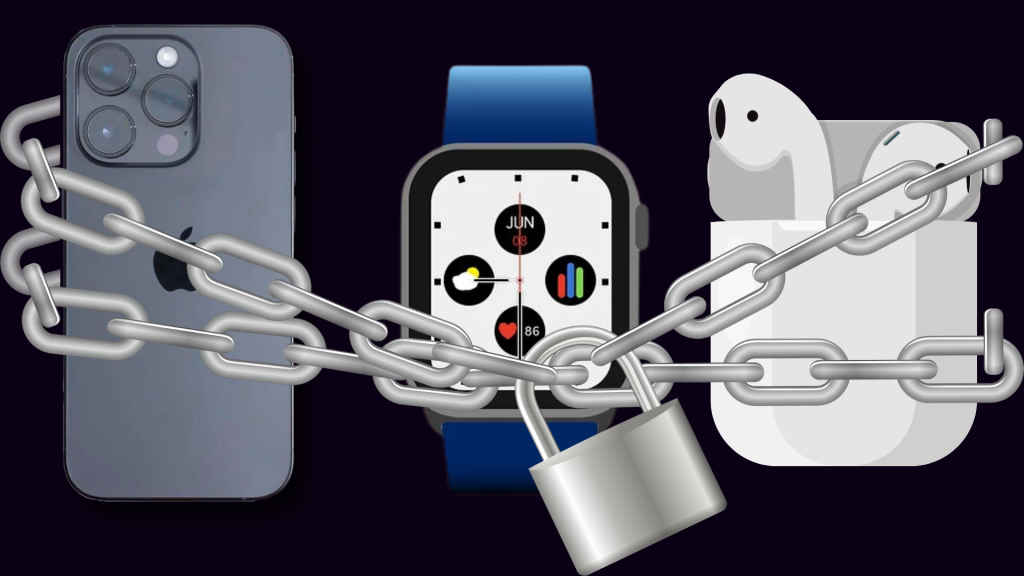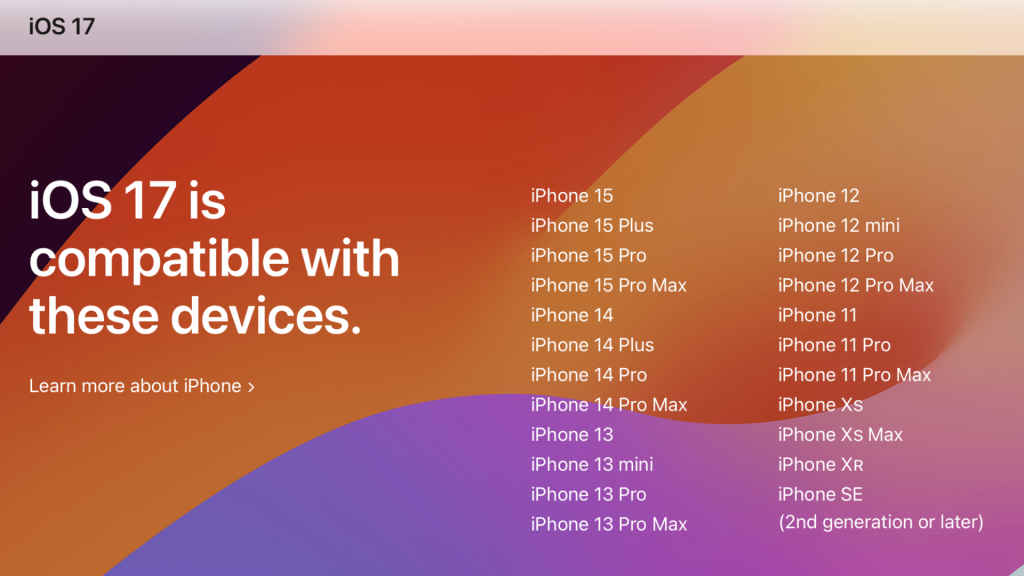All the ways in which iPhone excels in AI applications compared to Android

If there was an epic to be written about the Android vs iOS debate, the writers would never fall short of content. Media outlets like ours, Redditors, and everyone and anyone who has some amount of knowledge about modern technology have picked sides at some point or another. And this month is the season for these debates to flourish. We are just coming fresh off the back of Samsung and Google’s events, where they showcased their latest and greatest product, and going into the month in which Apple has made its own, announcing its iPhones.
 Survey
SurveyThe focus this time around, is AI. As we usher into the era of digital assistants that are smarter than ever and chatbots which are able to generate anything and everything you ask them, all this while running on devices that fit into our pockets, everyone is keen to know how Apple is going to implement AI features into their upcoming iPhones. The Cupertino giant has already shed light on what it plans to do at an event earlier in the year, where it showed the world what it is calling Apple Intelligence, the way it will run a phone, which would ideally be designed around it, would be of definite interest to many.
With an early look at what is out there, Apple Intelligence has an edge over Android’s implementation of AI. Hear me out before you come at me. On the Android side, the AI garden has been blooming with the flowers of AI integration on smartphones. Apple’s walled garden, in my opinion, will give a better space for AI to bloom. So, to help you better understand my POV, and, at the same time, give you a different perspective on things, I complied a list of all the reasons why Apple’s iPhones excel in AI applications compared to their Android counterparts –
The Ecosystem Advantage
The Apple Ecosystem is one of the most well-polished ball-pit of well-engineered devices that do not skip a beat when it comes to communicating with each other. Apple’s ability to maintain control here plays a key role in establishing its supremacy over Android. Team Green, despite its much wider adoption, has to play well with other devices’ hardware and software systems, most of which do not come from the same manufacturer. Hence, they lose ground there. Additional processing power, the misdirection of resources to ensure the synergy of one product with that of the others, and the inherent lack of control hold back Android phones big time.

On the other hand, Apple has complete control over the hardware and software of their devices, and the ecosystem on their side. They can tune the processors on their phones, laptops, wearables, and laptops and desktops to run their own version of AI-powered applications with ease. The level of control is insane. You can bet that Apple’s latest iPhones will pack specialised capabilities to run AI-powered applications because Apple will be the one with both the processor and the AI.
As I have referred it earlier here, and countless number of times in the past as well, Apple’s ecosystem is a walled garden with Tim Cook at the entry door, ready to scrutinise every visitor. The synergy between different devices will ensure that the now AI-supercharged Siri, as always, will be able to communicate with other Apple devices with ease, and the voice commands to trigger an AI-powered command, as usual, will be handled with ease and grace by iPhones. Add to that the seamless synchronisation of data shared between devices, and you have a clear leader in the AI race, especially when it comes to phones.
Also Read: Why the iPhone 16 matters: Apple’s first Gen AI iPhone
Privacy focus and a regular update cycle
One thing that even most of the Android fans would agree – Apple is one of the best companies when it comes to the consistency of their software updates. With the launch of every iPhone, they give all their consumers a clear cut idea of what the update cycle looks like, and in their events following the launch event in September, they lay down the foundations of the upcoming iOS updates and security patches. And, more often than not, the update adds to the overall user experience. Now, having a clear-cut update cycle will give the consumer a great idea of what the road ahead looks like when they are gearing up to purchase a new phone. Additionally, it will go a long way in benefiting the Apple engineering team to develop at a much more comfortable pace.

Coming to Apple’s privacy focus, it is again no lie that Apple has been vocal about the privacy of user data on their platform, even before AI was a buzzword in the smartphone market. And, when the AI wave hit Cupertino, what came out of it was a sea of promises and demonstrations that instilled the users’ faith in Apple’s use of data when it comes to Apple Intelligence. While they were late to the party, Apple was one of the first companies to bring forth the discussion about privacy with AI. The fact that they partnered with OpenAI, which has been in murky waters about privacy, did not help Apple’s case, but Tim Cook and Co. earned major brownie points by ensuring that they were vocal and were able to make promises on a public forum when it came to their implementation of AI on their smartphones and other devices.
Combine this approach to data privacy and their track record of sending out patches and updates, and Apple iPhones take a clear lead as Team Green sits and waits for each of their different manufacturers to take forward the AI privacy wagon, which was already slow to begin with for them.
What is the road ahead?
Apple certainly has caught up, and in many ways, surpassed its Android-powered competitors when it comes to AI on smartphones. iPhones are one of the most potent devices out there, especially when it comes to hardware-intensive applications. Look at the history of Zero1 Awards, and you will know. This is also validated by the fact that when Apple announced that Apple Intelligence would only come in on their latest iPhones at the time, iPhone 15 and beyond, people were angry because devices dating as far back as the iPhone 13 are capable enough to leverage their processing power to run, if not a full-blown version of local AI, a much leaner version with ease, for sure! Now, how Apple builds on this lead is all captured in a crystal ball in the Steve Jobs theatre, which will reveal the secrets of Apple’s AI road soon.
Satvik Pandey
Satvik Pandey, is a self-professed Steve Jobs (not Apple) fanboy, a science & tech writer, and a sports addict. At Digit, he works as a Deputy Features Editor, and manages the daily functioning of the magazine. He also reviews audio-products (speakers, headphones, soundbars, etc.), smartwatches, projectors, and everything else that he can get his hands on. A media and communications graduate, Satvik is also an avid shutterbug, and when he's not working or gaming, he can be found fiddling with any camera he can get his hands on and helping produce videos – which means he spends an awful amount of time in our studio. His game of choice is Counter-Strike, and he's still attempting to turn pro. He can talk your ear off about the game, and we'd strongly advise you to steer clear of the topic unless you too are a CS junkie. View Full Profile